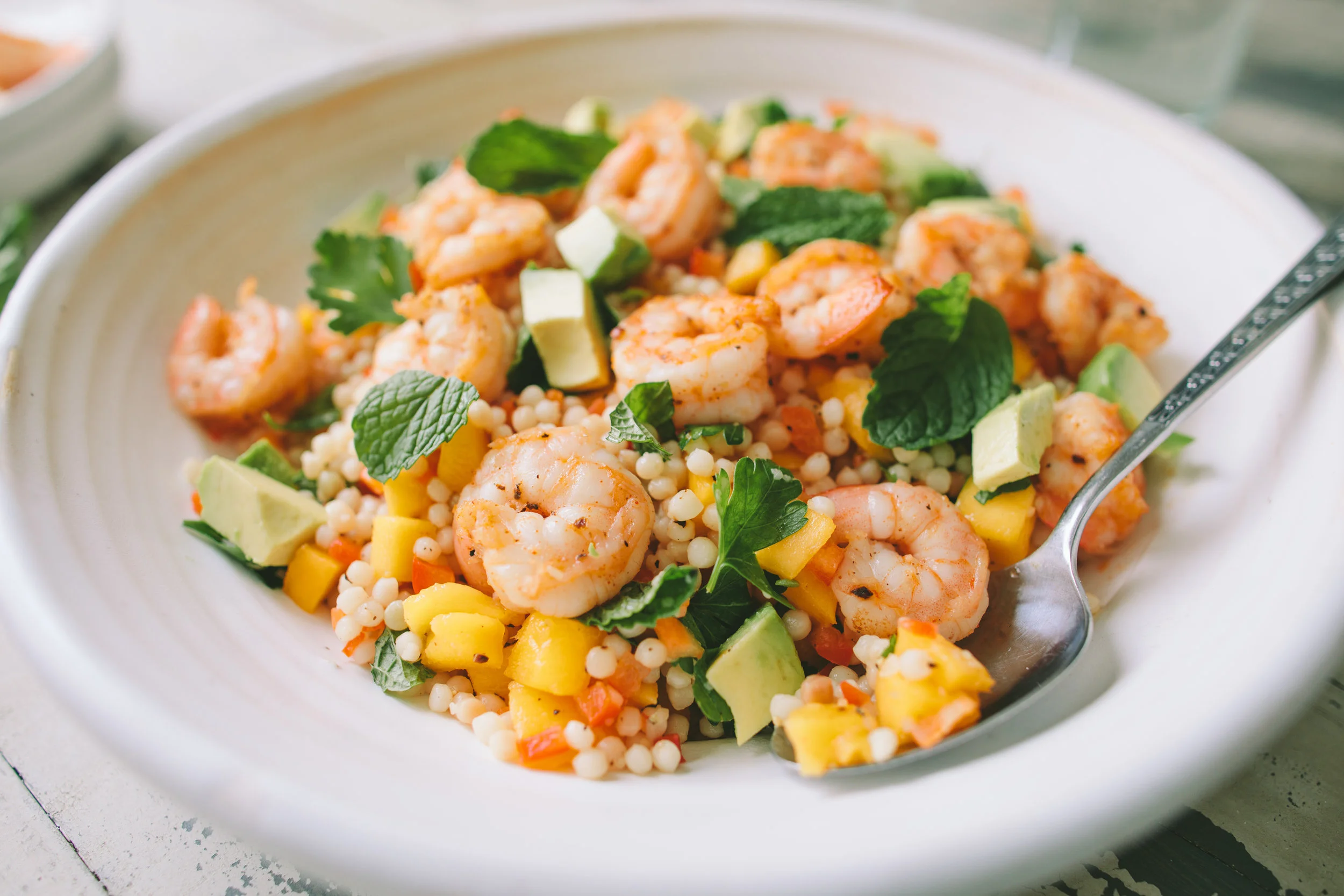My pescatarianism comes up often in conversation. This isn’t a huge surprise as I spend my days photographing burgers and steaks and roast chicken. There’s a fascination that individuals have with the dichotomy between my work and diet. When asked to explain, I typically give the same spiel: around the time of my 15th birthday, I stopped eating meat (though I’m quick to clarify that fish is meat). I had spent the previous summer at a film program in Oxford, England, where lunches and dinners consisted mostly of beef covered with cream sauce with big piles of potatoes to go with it. I came back from that trip with the feeling that my body needed to switch things up and quickly realized that I felt better after eating seafood.
During the first few years of this new diet, I consumed quite a bit of tuna, as this was something I could easily pack for lunch or afternoon snack. I still always keep at least a few cans in the pantry. And while I will use tuna packed in water for creating a mayonnaise-based tuna salad, I always prefer tuna in olive oil. I was very excited to have the opportunity to try Portofino’s Italian-style tuna. This isn’t the kind of canned tuna I wanted to mask the flavors. Instead, I wanted to taste the subtle richness of the extra virgin olive oil and high quality albacore.
I thought a lot about what I could do with Portofino tuna, but kept going back to the Greek salad. Now, if your only experience with one of these is a soggy platter of greens and shriveled, bland olives you had at a diner one time, well, this is not that. When done right, a Greek salad can be a beautiful thing. Fresh ingredients are a must, but also high quality feta and kalamata olives are key. I didn’t really want to mess with perfection, but I felt that the addition of spring asparagus would give it some seasonal flare with a bright dill dressing to lighten everything up. And, of course, the tuna was an excellent topping to round out this satisfying dish.
Be sure to try Portofino out when planning your next dinner (In the Boston-area, it’s available at Market Basket, Hannaford, and Big Y). For those planning a getaway this summer, their tuna comes in packets as well, making it easier to transport this wonderful ingredient.
TUNA GREEK SALAD PLATTER
Yield:
Serves 4-6
Ingredients:
For the Salad
1 head Romaine lettuce, leaves washed, dried and torn into bite-sized pieces
1/2 large red onion, thinly sliced
2 cups cherry tomatoes, halved
1 English cucumber, partially peeled, seeded, and cut into 1/4 inch pieces
1 yellow pepper, chopped
1/4 cup pitted Kalamata olives, drained (if there’s liquid)
Feta, cubed
1/4 cup torn fresh mint leaves
1/4 cup fresh parsley leaves, stems removed
1 bunch asparagus spears, trimmed
2 cans Portofino Italian-style canned tuna
For the Dressing
1 1/2 cups extra virgin olive oil
1 1/2 tablespoons Dijon mustard
1/4 cup chopped fresh dill
1 teaspoon salt
Juice of 1 lemon
1 tablespoon red wine vinegar
Directions:
Fill a large pot with an inch of water. Bring water to a boil. Add steamer basket with asparagus to the pot and cook for 5-8 minutes, depending on thickness of asparagus spears.
Meanwhile prepare a large ice bath in a bowl. Transfer asparagus to the ice water to stop the cooking process.
To prepare the dressing, whisk the Dijon mustard, dill, salt, lemon juice, and red wine vinegar in a medium-bowl. While continuing to whisk, slowly drizzle in olive oil until emulsified. Set aside.
In a large bowl, mix together all of the salad ingredients. Transfer to a serving platter and top with tuna. Serve with the dressing on the side.
















